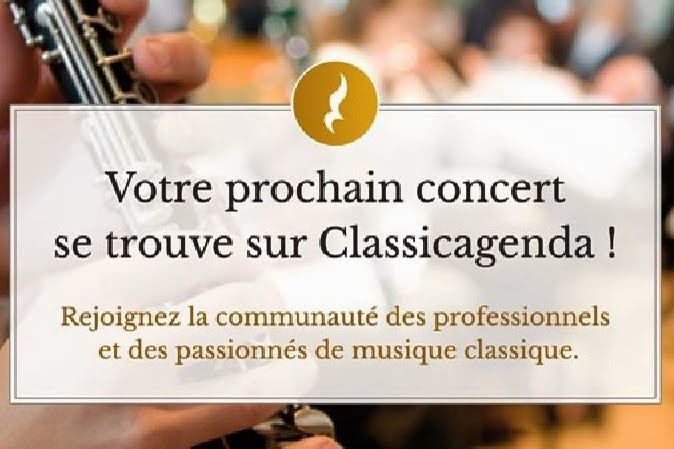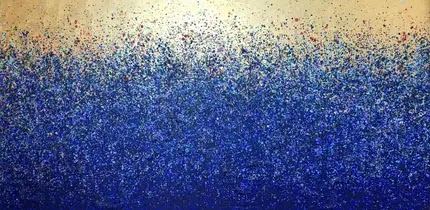Back from family
holidays. This year we didn’t go abroad, but found a house in the south of
France, in Provence, not far from Avignon. We stayed in a small village, named
Althen-les-Paluds. The house and pool were very nice., Maybe not so much to
tell about the village, except that it’s named after an agronomist, Jean Althen
(1709-74), born in Persia, who after 15 years in slavery, managed to escape…
and he’s finally especially known for having developed the cultivation of
madder in France. “Paluds” is an old French word for marsh. I show one picture
of a cicada, so typical for the region, and one picture of a red, blood moon. July
27 was the date for the longest lunar eclipse of the century.
We spent most
of our time doing “nothing”, but there is so much to see in a short distance
within the region, so…
I have
already talked about Arles several times (see here)…, about its Roman arena, theatre, aqueduct…
about its link to van Gogh… and some other personalities like Frédéric Mistral,
Christian Lacroix, Jeanne Calment (the oldest – documented - human being, who
died in 1997, 122 years old), the photographer Lucien Clergue… who leads us to
the fact that Arles has become some kind of a world capital of photography with
the French national school of photography and, since 1970, three yearly months
of photo exhibitions, “Les rencontres de la photographie”. Some abandoned
railway warehouses and repair shops are under the name of “LUMA Arles” transformed
to an Arts Resource Centre (workshops, seminar rooms, exhibition space…) with
Frank Gehry as an architect, to open in 2020.
Avignon is
of course known as a papal city (14th century), for its 12th
century (half) bridge on the Rhone River (and the famous song – “Sur le pont…”),
for its festival…
The
beautiful village Les-Baux-de-Provence has some 20 residents – and some 1.5
million visitors per year. The place has been inhabited for some 6.000 years.
The fortress was built starting in the 11th century and was the home of
the princes of Baux, who controlled the whole of Provence. It became part of
France during the Middle Ages – and was in 1642 offered to the Grimaldi family –
The Prince of Monaco is still also Marquis of Baux. Bauxite got its name
from Baux and was for a long time intensively mined until exhaustion. The “Carrières
de Lumières” offers a giant multimedia show, using the walls, floors and ceilings
of a giant abandoned quarry, run by the same organisation which now offers a
similar show in Paris (see here). At present the show is dedicated to Picasso
and some preceding Spanish masters.
Below the
village is a valley, referred to as the “Val d’Enfer”, the hell valley… and, without any proof, it has been said, that Dante Alighieri referred to this place
in his Divine Comedy.
The regional
department Vaucluse got its name from this little village. “Vallis Clausa” in
Latin, the closed valley, became Vaucluse, and the village is now called
La-Fontaine-de-Vaucluse. La Fontaine, the fountain, because the water of the
River Sorgue comes out of an underground spring, with an important flood
especially during March-April. The place was the preferred residence of the
poet Petrarch during the 14th century … and he has now his museum
here.
Gordes
counts among the most beautiful French villages, situated in the Regional
Nature Park of Luberon. It has attracted artists like Marc Chagall, Serge
Poliakoff, Vasarely… The fountain, which we can see on the little square on the
top picture, is referred to already in 1342 and was for long the village’s only
water source. This is where we had our lunch … and had not only water to drink.
The Sorgue
River, which thus has its source in La-Fontaine-de-Vaucluse, is passing through
this charming little town, L’Isle-sur-la-Sorgue. The river is divided in a
number of branches and the city has a number of small islands, which gave it its
name, originally “Insula”. The riverside is full of bars and restaurants, the
town hosts galleries and antique shops.
Visiting Pernes-les-Fontaines
you can admire the 15th-16th century fortifications, a number of fountains and enjoy
some nice eating places.
We did not
spend much time in Saint-Rémy-de-Provence this time (have been there before),
just a short stop for some refreshments. So, we did not visit the old Roman
city of Glanum, nor the Saint-Paul asylum where van Gogh spent a year and produced
many of his most famous paintings. We just briefly saw the house where
Nostradamus was born, the Hôtel de Sade….

We had our
pool, but there was a wish to try the real sea. So we made it a day at Saintes-Maries-de-la-Mer.
The place is of course known for the three Marys. In the 15th
century one discovered the relics of Mary of Clopas and Mary Salome, who were said
to have arrived here from Alexandria, together with Mary Magdalene – the three
women supposed to have been the first witnesses to the empty tomb. The town is
a pilgrimage destination for the Gypsies, who gather annually for a festival of
the dark-skinned Saint Sarah, possibly the servant of the three Marys. The
church which holds the relics and the statues of the Marys was built from the 9th
to the 12th century. (Well, let’s here forget the versions of Mary
Magdalene as married to Jesus, carrying his child… )

A last
place… Vaison-la-Romaine, full of Roman ruins, including the two thousand year old bridge, still in use for local traffic between the upper and lower parts of
the town. The town became famous in 1992, when a sudden flood reached higher than
the bridge we can see on the photo. The upper part of the town is just
beautiful… and in the background you can see the 1.912 m (6.300 ft) high Mont Ventoux.
Actually, we could see it also from
the house we rented.
This was a long post … I will have to take a few
days off.





























































